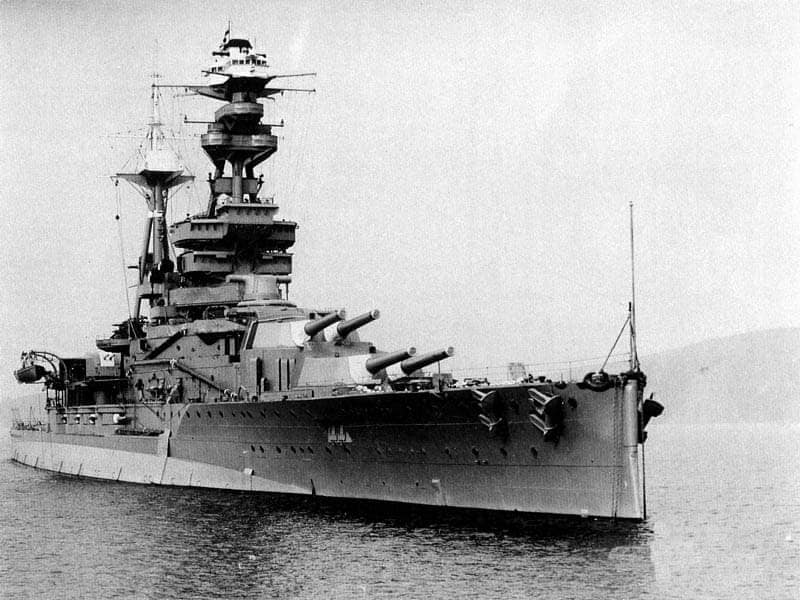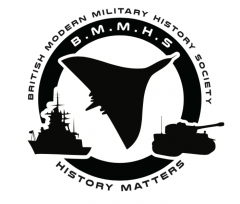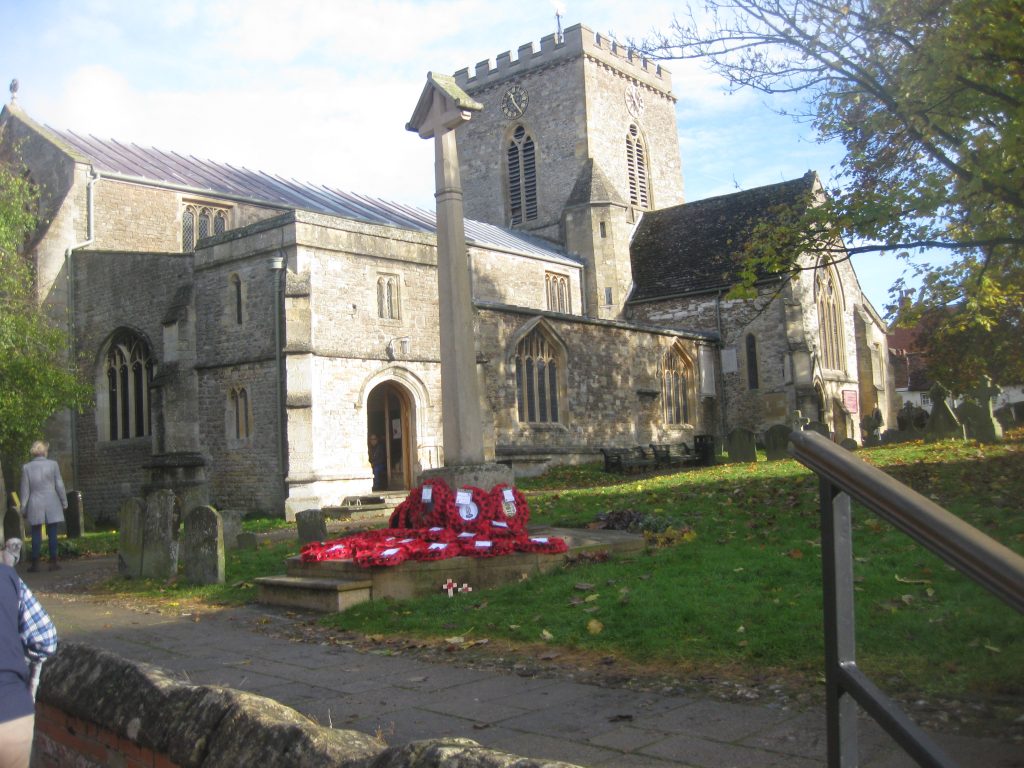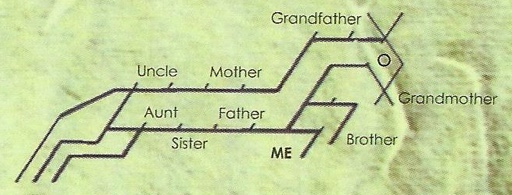HMS Royal Oak
An article kindly supplied by Trevor Hancock - Historian

HMS Royal Oak
Commemorative Services on Monday 14th October
The first casualty from WW2, commemorated on Wantage War Memorial

Marine Verdun Loos James Pierpoint
Verdun enlists into the Royal Marines
So on the 23rd January 1934, aged 17, at Southampton Verdun enlisted into the Royal Marines, for the term of 12 years. It would appear from from Verdun’s company conduct sheet that in the early days of his service with the Royal Marines, he was very much a ‘jack the lad character’ as he was found guilty on several occasions of not keeping articles of his kit clean, appearing on parade dirty and being absent without leave on several occasions. One of these was when he was part of the Royal Marine display team at the Royal Tournment in 1934. The Royal Marines also provided guards for the Royal Palaces in London during 1935.
Royal Marines taking part at the Royal Tournament
Overseas to Suez and posted to HMS Nelson
Coronation Fleet Review at Spithead

Film of the 1937 Spithead Review
Lt-Commander Woodroofe enjoys rather too much Royal Naval hospitality.
Lt Commander Woodroofe’s commentary is here:
Verdun adopts James as his surname instead of Pierpoint.
HMS Royal Oak at Jutland
Sighting of the German Battlecruiser Gneisenau
HMS Royal Oak returns to Scarpa Flow
Kapitanleutnant Gunther Prien and U-boat U-47

U-47 penetrates the line of block ships at Kirk Sound
HMS Royal Oak takes more torpedo hits
Further explosions on board
Wantage Commemorative Services


Thanks to Trevor Hancock of White Horse Ancestors for providing this article.
White Horse Ancestors is a Local, Family and Military History Research Service based in Wantage Oxfordshire.
White Horse Ancestors specialises in three areas of research:
- The local history of the Vale of the White Horse, now in Oxfordshire but pre 1974 in Berkshire
- Genealogical research about people from the Vale of the White Horse
- Military and Naval Research of any period, but especially the Great War 1914-1918
Click to see full BMMHS event listing pages.
Contact us at info@bmmhs.org
Copyright © 2024 bmmhs.org – All Rights Reserved
Images © IWM & NAM




